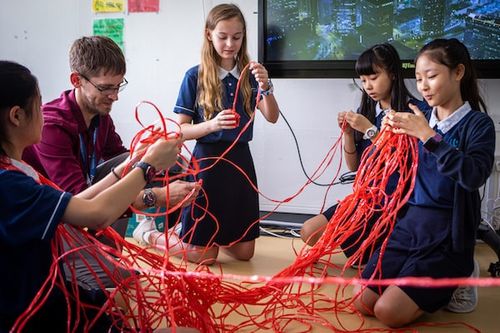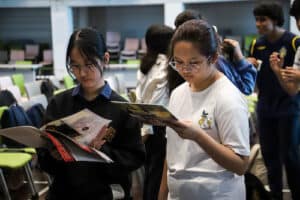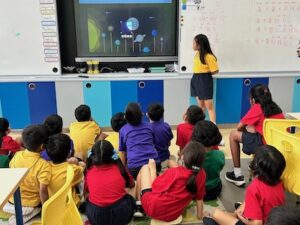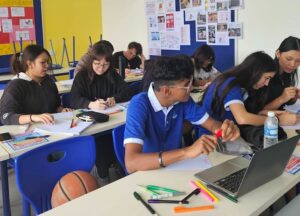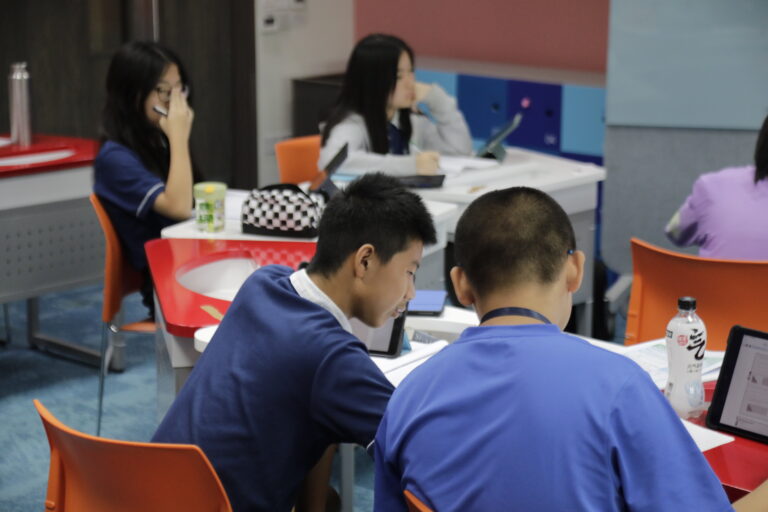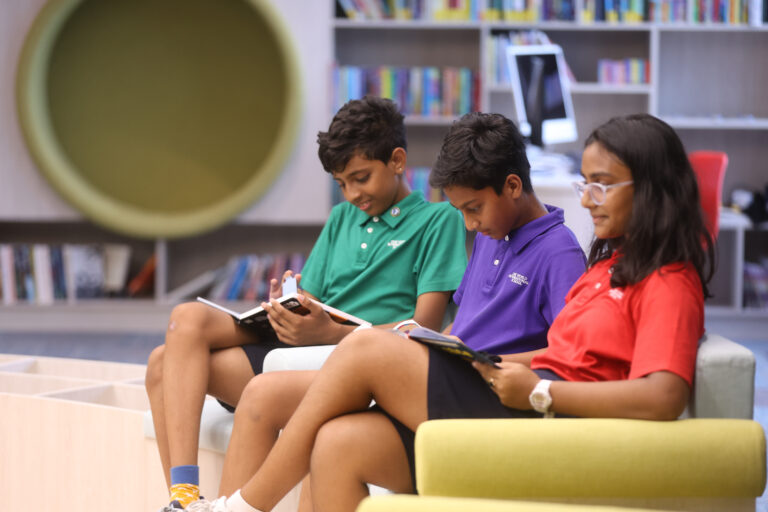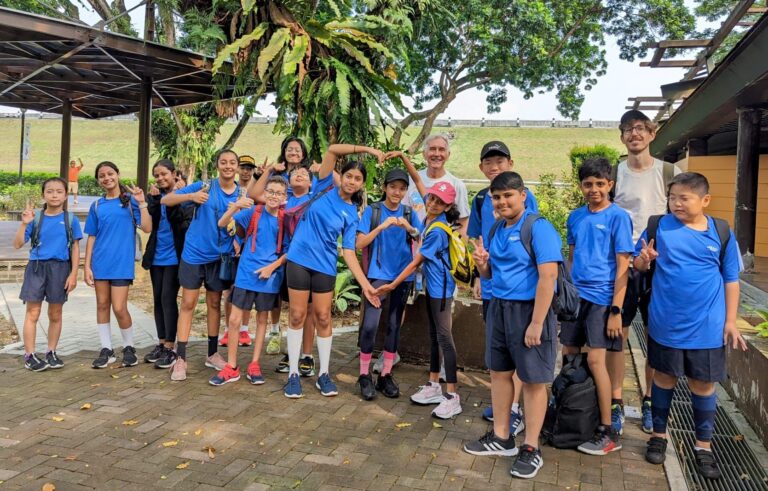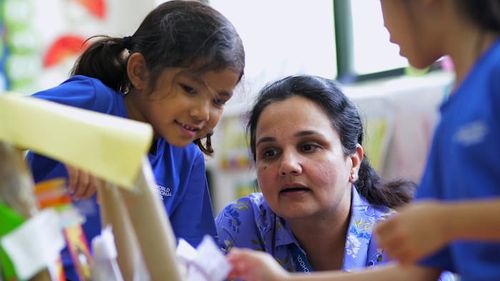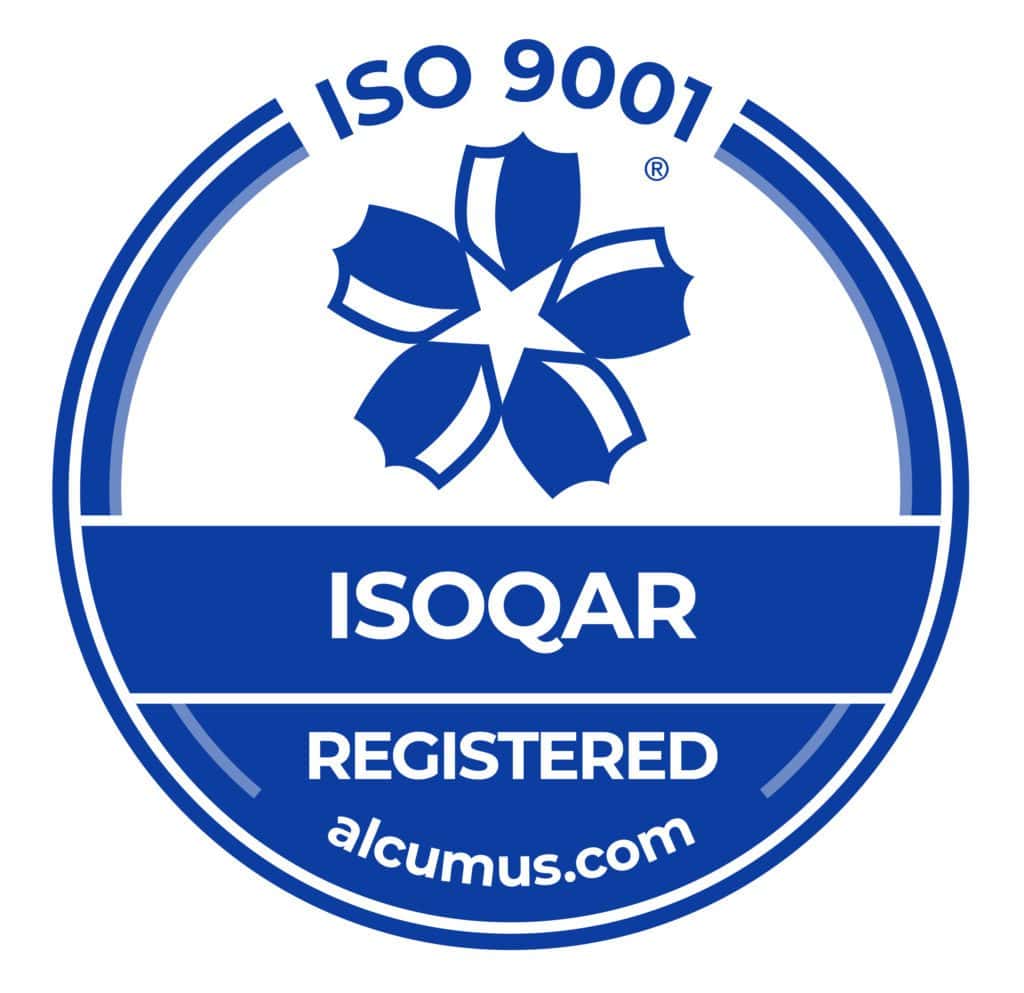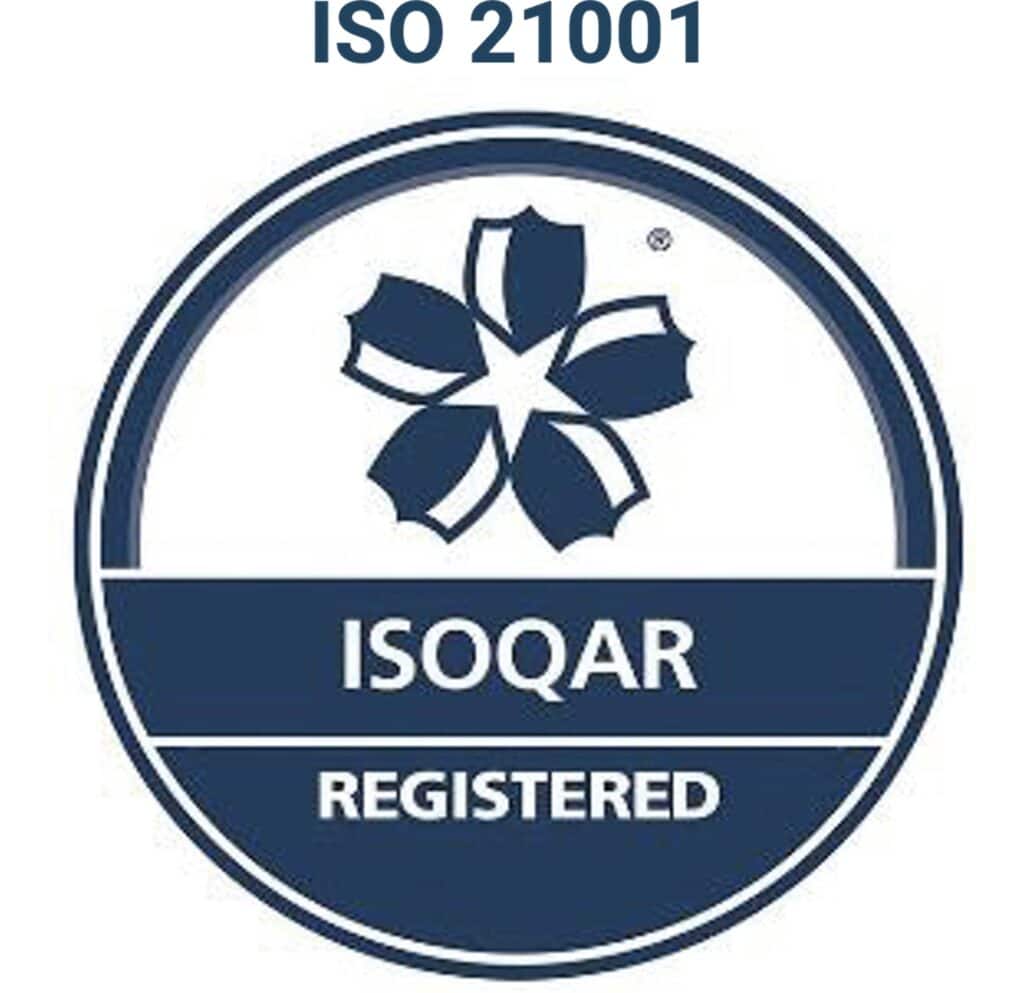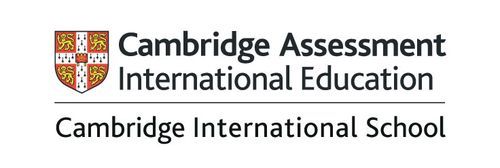The current generation of learners, most of whom are digital natives, regularly consume engaging content via the internet, TV and handheld electronic devices. This norm changes the way children interact with content and understand information. To actively engage and genuinely reach learners in meaningful ways, OWIS educators adapt their teaching methods and practices to include a variety of strategies.
Here are nine types of teaching strategies our educators use at different points of time to facilitate active participation and guide your children in their learning journeys. Teachers may use one or more of these methods of teaching as they choose the strategies that work best for their students, classrooms, curricula and objectives.
1. Inquiry-Based Model
Children are naturally curious, and the OWIS inquiry-based learning model nurtures this trait. Educators invite and motivate students to identify and ask questions about their lessons. Teachers also give your children time, materials and space to self explore, research and identify possible solutions to their questions. Your children take a more active role in their education as they ask – and answer – questions.
2. Storyboarding
Cave dwellers, ancient Egyptians and humans today rely on stories and drawings – storyboarding – to teach, learn and connect. We use storyboarding at OWIS, too, to engage learners and promote understanding. Storyboarding is an effective tool when your children memorise maths steps or history dates and visualise highly-conceptual science and technology ideas. This teaching practice combines visual, written and oral disciplines to prompt learning.

3. Peer Tutoring and Assessment
Peer tutoring and assessment activities require students to understand the subject material and decide how to share it with others. Students learn as they teach concepts, explain ideas, plan educational activities and test knowledge. Through peer tutoring and assessment, your children hone their organisational and collaborative skills, discover how to give and receive feedback, and evaluate their own learning.
4. Brainstorming
Creative juices flow during simple or group brainstorming sessions. Students focus on one topic and freely discuss their ideas, thoughts and opinions. There are no right or wrong answers during brainstorming sessions where numerous, creative ideas are put forth and debated on. These brainstorming sessions help your children develop confidence and their communication and collaboration skills.

5. Reflections
Building reflective skills helps students analyse their learning and understand what they have learnt and how they have learnt it. After students are introduced to new concepts, they sometimes complete a reflection activity when appropriate. Written or verbal reflections promote critical thinking. Students process information and show that they understand concepts as they explore their experiences and outcomes.
6. Student-Led Classes
Students must fully understand coursework, spend time to prepare an in-depth lesson and be prepared to answer questions in order to lead a class. With this teaching strategy, students take on individual tasks or group assignments to demonstrate their knowledge, boost their presentation skills and discover how to share and collaborate with their peers. Students are sometimes invited to lead the class at OWIS and are assessed for their lesson complexity, preparation and creativity. This teaching method promotes student ownership and helps teachers and students to understand interests, strengths and potential areas for improvement.
7. Visual Aids
Seeing written words or pictures can help children understand ideas, learn concepts and retain information. Visual aids include smartboards, projectors, posters, infographics, checklists and charts. In OWIS classrooms, your children may interact with or create a variety of visual aids that boost engagement and improve learning.
8. Interdisciplinary Approach
Children gain a deeper and more meaningful learning experience when they make connections and apply knowledge across subjects and disciplines. This teaching strategy is known as an interdisciplinary approach. Your children will be able to use maths during science and art classes or vice versa, for example, which reinforces concepts and knowledge.
9. Flip Models
Videos, images, charts and other visual aids introduce concepts, ideas and lessons. Students then answer exploratory questions that ignite their inquisitiveness. Your children learn to ask questions and gain a better understanding of the content as they dive deeper into subjects while using flip models.
Why OWIS Uses These Nine Teaching Strategies
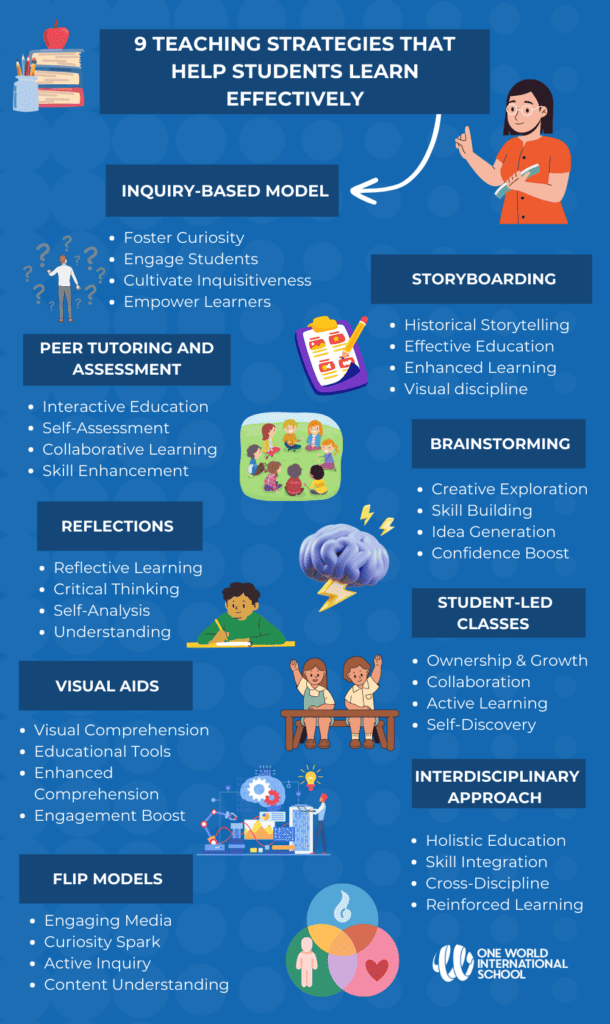
We prioritise learning and self-exploration at OWIS, which is why we embrace modern tools and technologies. To personalise your child’s learning experiences, we tailor our teaching practices based on the needs of your children, the needs of the class and the group dynamics. These nine different teaching strategies promote engagement, understanding and mastery while making school fun. To know more about our teachers or our model, contact us. We also invite you to schedule a virtual tour and understand more about our teaching practices at OWIS.
(This blog was originally written in collaboration with Ms Preeti Khurana, former Science Teacher, OWIS Nanyang.)
